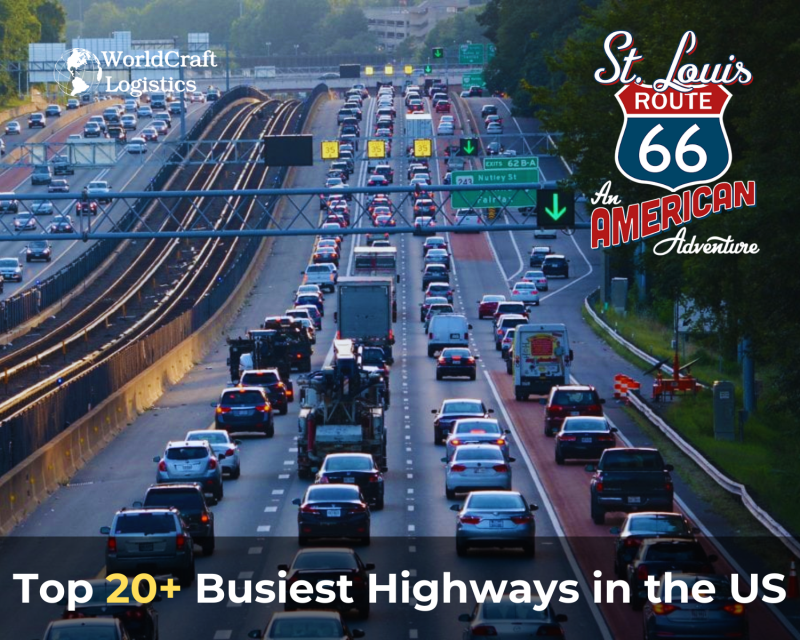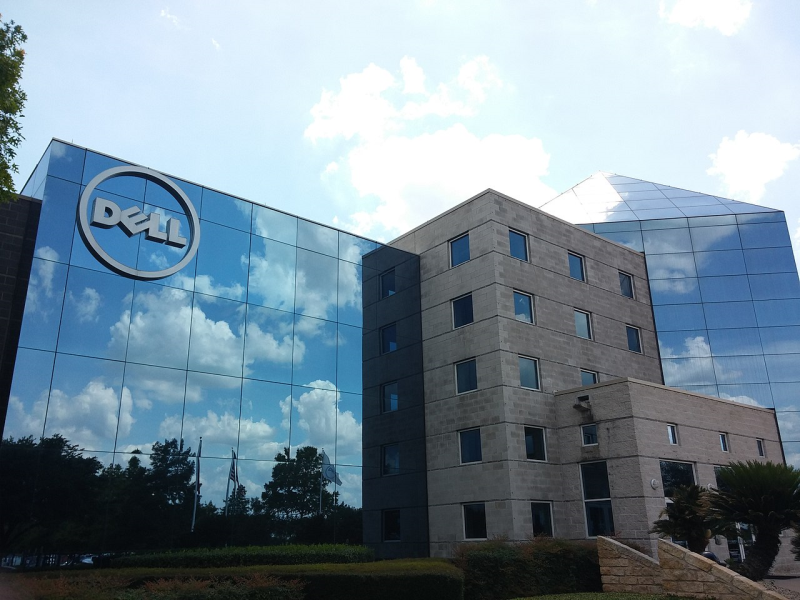
Starting June 1st, 2023 Our warehouse fee will be $0.65/cubic foot per month
In effort to lower the warehouse storage fee during inflation, we have went narrow aisle racking.This construction took us four months but the project is finally completed. With narrow aisle racking, we are able to drop storage by 24%.We as partners will go through this inflation together.
09/22/2025
Shoppers may find this year’s Halloween scarier than usual not because of skeletons, but because tariffs are driving up prices and limiting choices in seasonal goods.
As Halloween approaches, American families are preparing for a festive season unlike previous years. From costumes and animatronic skeletons to candy and home décor, this year’s shopping baskets are heavier not just with products but with higher costs. The primary culprit is the ongoing U.S. tariff policy, which has reshaped the import landscape and disrupted traditional supply chains.
Since April 2025, new tariff measures targeting electronics, plastics, and seasonal goods, many of which are sourced from China have caused uncertainty for retailers. Although capped at 30% until November 10, 2025 (after an initial escalation of up to 145%), these duties have forced U.S. retailers to rethink sourcing strategies, trim product catalogs, and pass additional costs on to consumers.
👉 Related reading: Why Some International Sellers List $2,000 Shipping Fees to the United States
Halloween is particularly vulnerable due to its seasonal nature. Retailers typically secure inventory in spring for the fall festivities. However, tariff volatility has delayed orders, raised costs, and thinned supply.
Price shocks: The Halloween & Costume Association warned that costumes once priced at $20 could now retail at $40.
Retail delays: Home Depot’s signature Halloween collection launched normally in May was pushed to late July, signaling procurement uncertainty.
Iconic imports impacted: The popular 12-foot skeleton, produced in China by Seasonal Visions International, has become emblematic of the tariff turbulence.
Industry leaders stress that Halloween doesn’t have a fallback option if costumes and décor don’t arrive on time, the season’s sales potential vanishes.
👉 Explore further: Tariffs Rising? Here’s How Smart Logistics Companies Stay Ahead
The impact doesn’t stop with Halloween. Christmas, Black Friday, and end-of-year retail seasons are already under threat. Retailers like Balsam Hill expect slimmer catalogs and fewer product options, while toy importers80% of which rely on Chinafear significant shortages.
Christmas décor squeeze: Artificial trees, ornaments, and holiday lights face longer lead times and higher wholesale costs.
Toy imports at risk: With most toys imported from Asia, U.S. parents may face higher prices and fewer gift options.
Walmart and other big-box retailers: Already passing increased costs on baby products, home goods, and seasonal items.
This uncertainty has pushed suppliers into scenario-based planning, a complex juggling act of rerouting shipments, renegotiating contracts, and absorbing tariff costs where possible.
On the retail floor, price tags tell the story.
Spirit Halloween’s 6-foot Michael Myers animatronic jumped from $280 to $310.
Lowe’s 12-foot Bone Collector skeleton surged from $399 to $599 before dropping to $449.
Fog machines rose from $58 to $74 within a single year.
Even candy's core part of Halloween has seen price hikes, with fun-size chocolate bars costing $5 more on average compared to 2024.
Despite higher prices, the National Retail Federation projects Halloween spending to hit a record $13.1 billion in 2025, surpassing last year’s $12.2 billion. Consumers are shopping smarter, turning to discount stores and prioritizing essential purchases.
From a logistics standpoint, these tariff-driven disruptions highlight the fragile balance between international trade policy and seasonal consumer demand. Tariffs not only raise direct costs but also destabilize long-term planning for importers, freight forwarders, and retailers.
For logistics providers, the challenge is twofold:
Flexibility in sourcing – Retailers must diversify beyond China, exploring Southeast Asia or nearshoring, though these come with their own risks.
Cost mitigation strategies – Smart companies are leveraging tariff engineering, bonded warehouses, and forward contracting to reduce exposure.
At Worldcraft Logistics, our role is not to take sides but to emphasize that predictability and policy clarity are as vital to supply chain success as transportation efficiency. Seasonal industries like holidays and celebrations cannot afford last-minute shocks.
👉 Recommended insight: Shipping Costs Surge as U.S. Importers Rush Ahead of China Tariff Deadline
For U.S. retailers and families alike, tariffs have reshaped how holidays are celebrated. What was once a straightforward consumer tradition has become entangled with global trade disputes, shifting supply chains, and inflationary pressures.
If tariffs remain volatile, both Halloween and Christmas could lose more than sales; they risk losing cultural significance as imported festive goods become scarcer and more expensive. Businesses and consumers alike are hoping for clearer trade policies that balance protectionism with seasonal stability.
*This article has been professionally rewritten and edited to suit the readership of Worldcraft Logistics. It provides an objective perspective on the intersection of tariffs, supply chains, and seasonal retail without representing or promoting the interests of any individual or organization.
SEO
Digital Marketing/SEO Specialist
Simon Mang is an SEO and Digital Marketing expert at Wordcraft Logistics. With many years of experience in the field of digital marketing, he has shaped and built strategies to effectively promote Wordcraft Logistics' online presence. With a deep understanding of the logistics industry, I have shared more than 300 specialized articles on many different topics.

Hot News
08/05/2024

Hot News
02/23/2023

Hot News
02/23/2023

Hot News
02/06/2023
Hot News
02/07/2023